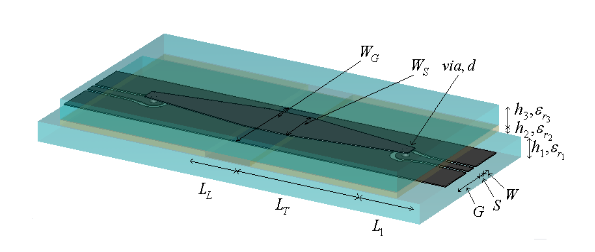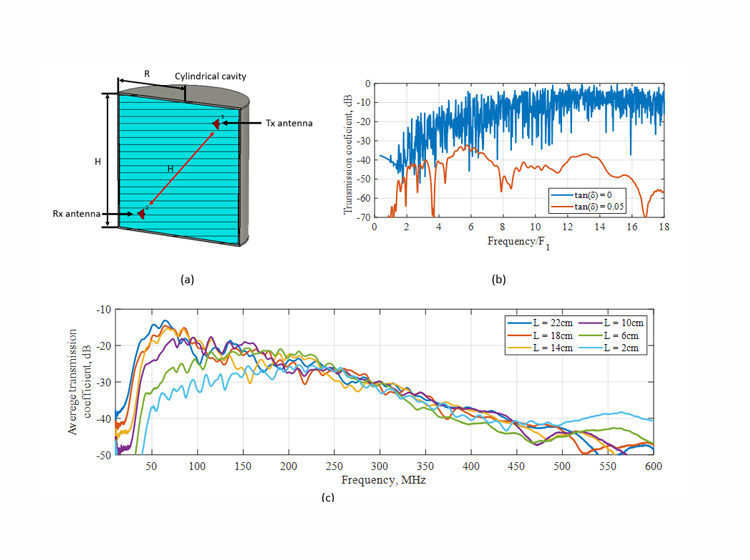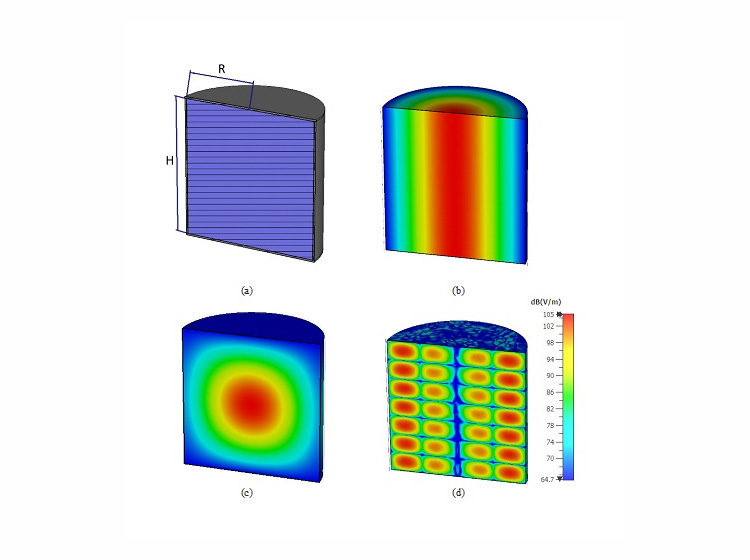Variable control devices play an important role in modern communication systems. Examples of such devices – variable phase shifters, couplers and attenuators are essential in the radio frequency (RF) front end of a typical transceiver chain. The control signal usually takes the form of either voltage or current, depending on the characteristics of the active device used.
Power dividers are frequently used in a variety of microwave circuits, such as antenna feeding networks, point-to-point radio and in Doherty amplifier architectures. The use of variable power dividers in Doherty amplifier architectures is beneficial from many aspects. For example, a variable power divider at the input of the Doherty amplifier allows the use of fixed periphery carrier and peaking amplifiers in order to achieve different power backoff levels at which peak power added efficiencies (PAE) are achieved.
The major problem in the realisation of variable power dividers, either in the lumped or distributed form, lies with the feasibility of high impedance lines necessary for an asymmetric power split. Previously, this problem has been partially solved by using varactor diodes in the circuit of a defected ground plane (DGS) at the expense of undesired electromagnetic couplings between closely spaced ports. In another approach, the classical circuit of a Wilkinson power divider, was loaded with varactor diodes in order to achieve a variable power ratio. However, the main drawback of this approach is a great number of varactors used (four) and a low power division ratio of 5 dB.
In this paper, a novel variable power divider based on varactor diodes is introduced and described in detail. Its main components are 3-dB couplers, varactor diodes and lumped elements.
The proposed power divider is initially studied using the even-and odd-mode technique. Then, based on the derived equations and as an experimental verification, the proposed varactor-based power divider operating at the centre frequency of 2.5 GHz is fabricated and its performance is measured. It is shown that the power divider offers a maximum insertion loss of about 1.8 dB with a minimum dynamic range of over 6 dB in the frequency range from 2.3 GHz to 2.7 GHz.




Leave a Reply